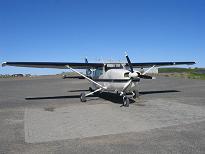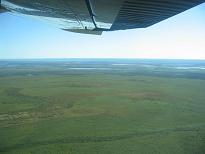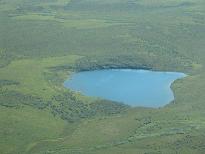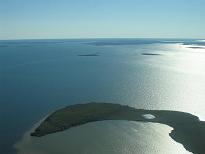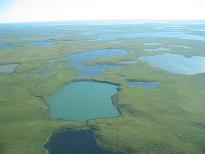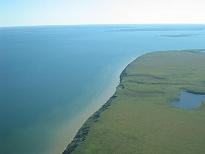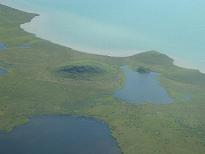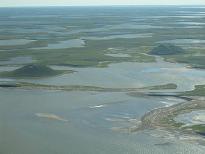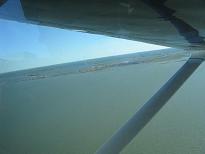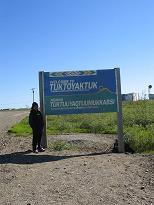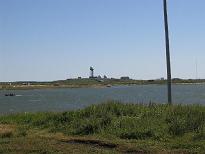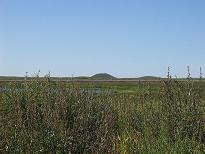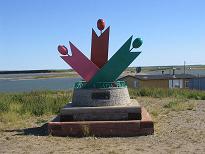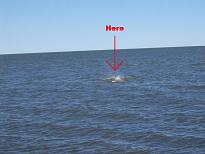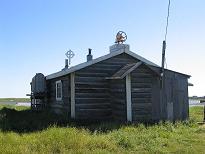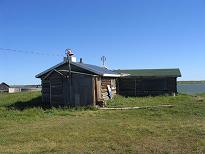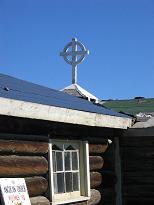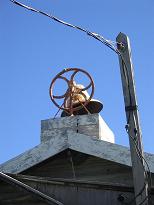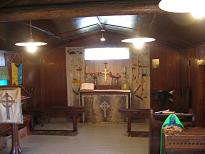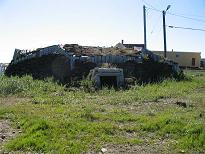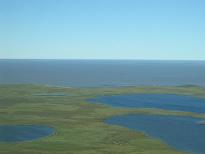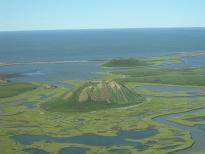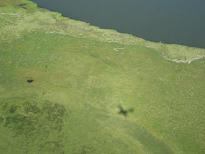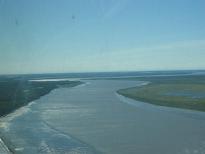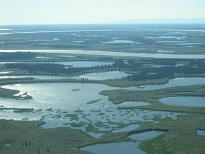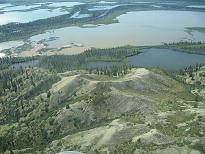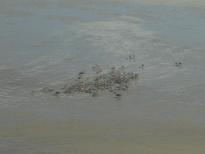Aurora Creative Services is proud to bring you:
Mawlers’ Big Adventure ’04:
Tuktoyaktuk - The Pictures
|
Tuktoyaktuk, more commonly known as Tuk, is the most northerly town in Canada accessible by road... Well, it's accessible from about October to April by road, but then the road melts. In the winter, there is an ice road that is built by packing snow onto the road bed (the frozen river) and then flooding it and rolling it. At it's height, it is many, many feet thick, and cars and trucks, as well as tractor trailors, make the 180km journey on the ice. The flight to Tuk (we are there in August, so no ice roads for us) is stunning. We are in a tiny (did I say tiny?) airplane, and we fly low enough to have great views of the lakes and rivers below us. We go to Tuk with a tour... not altogether like us, but actually not a bad way to go. We are with four other people, and we have a guide, Ricky Mac, a Tuk local. |
|
|
|
|
|
|
|
The previous installment: |
The next installment: |
Back to Great White North Trip main page
Back to Mawler Home
All materials © 2004 Lea Ann Mawler & Stuart Mawler
